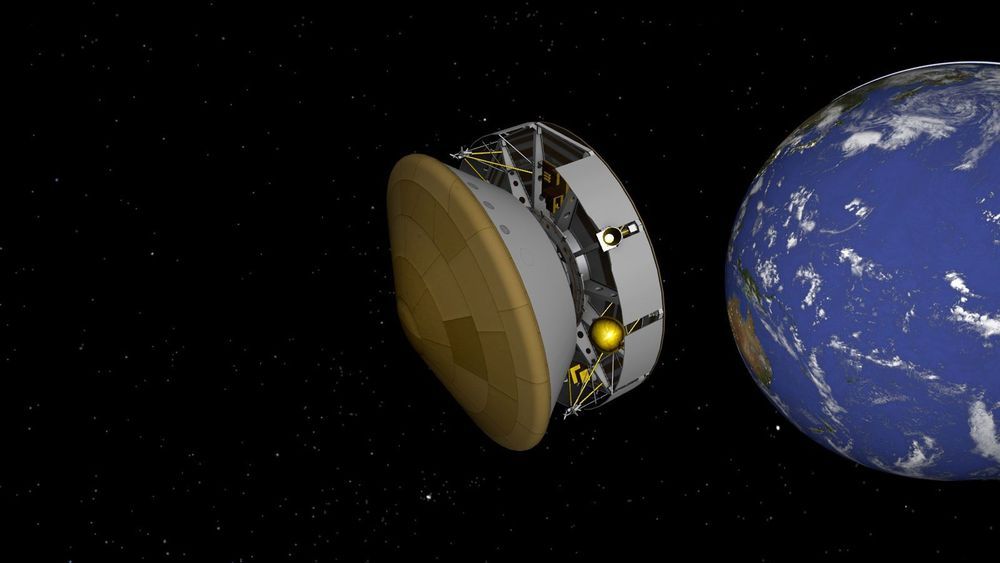Aug 23, 2020
Facebook is training robot assistants to hear as well as see
Posted by Genevieve Klien in categories: information science, robotics/AI, virtual reality
In June 2019, Facebook’s AI lab, FAIR, released AI Habitat, a new simulation platform for training AI agents. It allowed agents to explore various realistic virtual environments, like a furnished apartment or cubicle-filled office. The AI could then be ported into a robot, which would gain the smarts to navigate through the real world without crashing.
In the year since, FAIR has rapidly pushed the boundaries of its work on “embodied AI.” In a blog post today, the lab has announced three additional milestones reached: two new algorithms that allow an agent to quickly create and remember a map of the spaces it navigates, and the addition of sound on the platform to train the agents to hear.


















